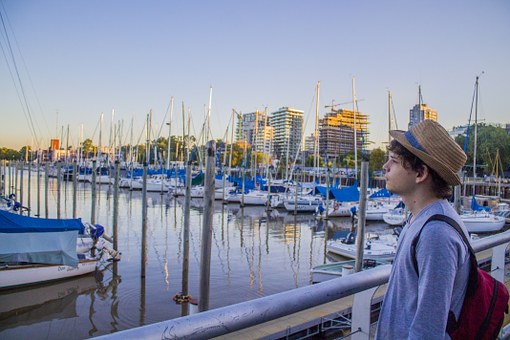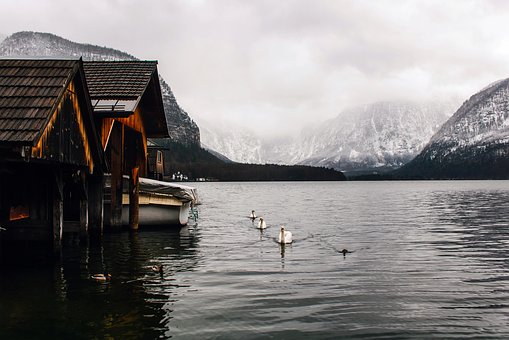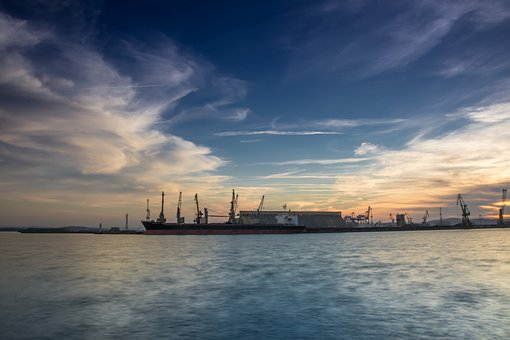Equipment for Your Boating

Equipment for Your Boating
Equipment for Your BoatingThree inflatable systems are approved by the Coast Guard. One called a manual inflatable allows inflation by pulling a lanyard. Another, called a manual inflatable with automatic backup, is inflated the same way but also has a backup automatic inflation system that activates if the PFD becomes wet. A third, called a hybrid, has a small amount or automatic inflatable device. Hybrids are no longer generally available but are still usable if they are serviceable and armed correctly.
All inflatables have an additional backup inflation capability that requires the wearer blow into a tube. More details are given under the sections on Type III and Type V PFDs. It's likely that in the near future there will be more inflatable design improvements.

Types of PFDs
Type I PFDs is also an offshore life jacket and will turn most unconscious people to a face up position. These PFDs come in both inherently buoyant (form-filled) and inflatable models. The adult size in the inherently buoyant models has at least 22 pounds of buoyancy, while the child's size has at least 11 pounds. An adult inflatable generates up to 34 pounds of buoyancy at maximum inflation.
Type I life jackets are bulkier and less comfortable than other types, although the inflatable models are quite comfortable when not inflated. Type I keep an individual afloat for extended periods when rescue is delayed, and are therefore especially appropriate for offshore use. Because of their buoyancy, they will support individuals higher in the water; thus, they are excellent in rough water.
Type II PFDs also called a near-shore buoyant vest, comes in both inherently buoyant and inflatable models. Inherently buoyant Type II will turn some unconscious individuals to a face up position, while inflatable models do this as well as Type I foam PFDs do.
While Type II is more comfortable than Type I, they provide less buoyancy. Adult foam models have 11 pounds, and infant models have 7 pounds. Adult inflatable models offer up to 34 pounds of buoyancy, on a par with Type I inflatables. Type II are recommended for inshore and inland cruising on calm waters where the chances of fast rescue are high.
Type III PFDs called a floatation aid, and it too comes in inherently buoyant and inflatable models. The foam vest has the same minimum buoyancy as Type II PFDs, but Type IIIs are designed so that their wearers must turn themselves upright and may have to tilt their heads back to avoid being rolled facedown.

Types III are designed for conscious individuals in calm inland waters where the chance of quick rescue is high. They come in many colors and styles, such as fishing vests and float coats, and are comfortable to water. Freedom of movement is one of their strong points, which makes them attractive to sport users.
Type IV also called a throw able device, is designed to be thrown to someone in the water who can hold on to until rescue. There are no inflatable Type IVs. In addition, while not a requirement, it is a good idea to attach about 60 feet of polypropylene line (which floats) to the throw able to better assist the user. If your boat is 16 feet or more in length and is not a canoe or kayak, you must have at least one Type IV aboard.
Type V PFDs called a special-use device, is intended for special activities and may be carried instead of another PFD only if used according to the approval conditions on its label. The performance of these devices is marked on their labels. If the label says the PFD is "approved only when worn," the device must be worn except in close spaces and used in accordance with the approval label.
http://www.articlesbase.com/outdoor-sports-articles/equipment-for-your-boating-4519199.html International Boat Shipping What Services Does A Boat Surveyor Provide? Sailing on the creek in a Dubai Dhow cruise Houseboats Gold Coast, Your Kids Will Definitely Enjoy Transporting Your Boat Guide To Kumarakom Tourism And Houseboats P&O Cruises pushes the boat out for its 175th anniversary year Get the Magnificent Cruise of Backwater with Kumarakom Houseboats Cruise Over the Scintillating Backwaters with Houseboats Kerala Practical And Stylish Boat Shoes Dragon Boat Festival – The Annual Regatta Where Brightly Coloured Boats Battle for the Prestigious Title Boat batterys are a must if Glasgow's new leisure village is to stay afloat! One of the Best Thing to Do in Siesta Key - Afternoon Sailing